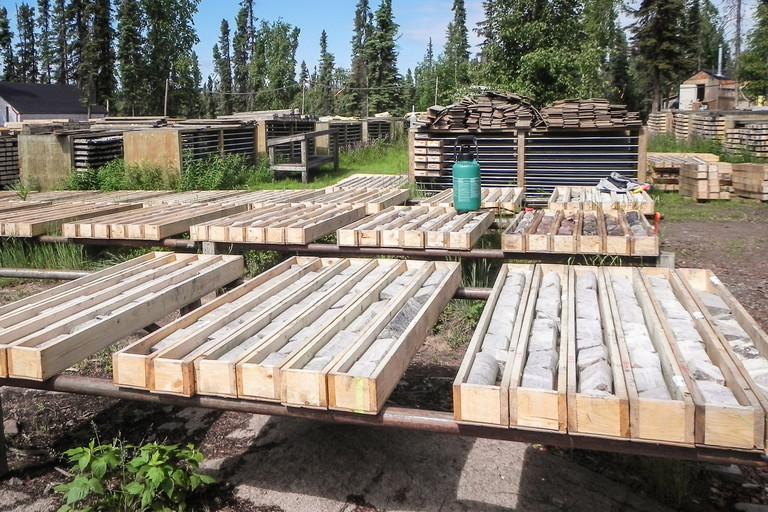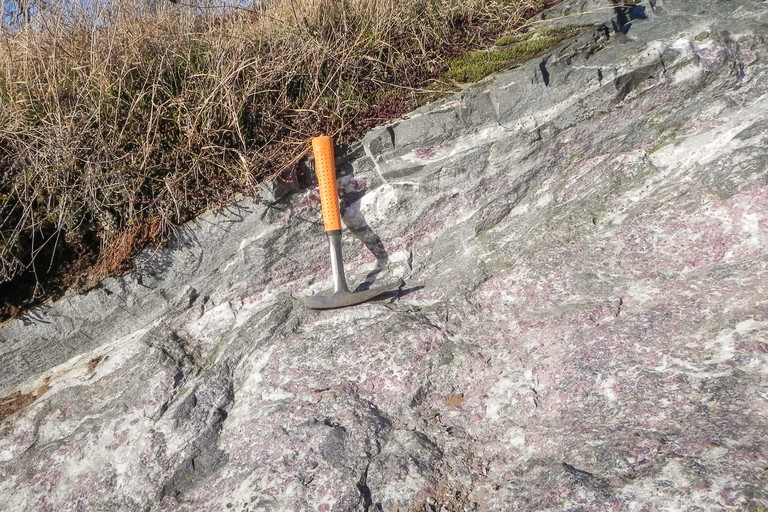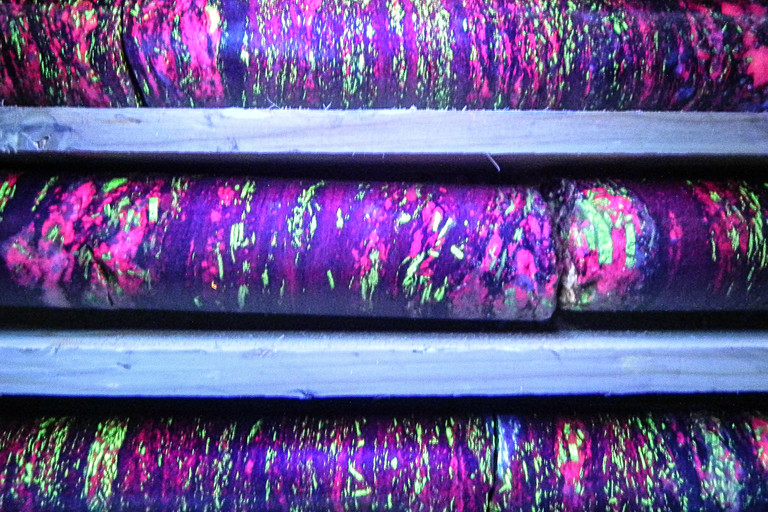Exploration
There are many ways in which automated materials characterization can contribute to the success of an exploration campaign. For instance, investigations of heavy mineral concentrates from sediments or glacial tills allow for the rapid identification of thousands of indicator mineral grains. In precious metal exploration, scarce, fine-grained minerals are efficiently detected. Furthermore, critical trace minerals and penalty elements (e.g. arsenic) can already be identified during the exploration stage.
A key advantage of automated materials characterization compared to manual mineral identification is the negligible human error associated with the measurements. MLA or QEMSCAN analyses also provide quantitative information on particle and mineral grain sizes, grain shapes, and the particle density distribution, something that is not usually achievable by manual methods.
Automated materials characterization can also be used to analyze drill core and rock samples. On the one hand, this can be used to reliably identify alteration mineral assemblages, the thorough understanding of which can be critical to the success of an exploration campaign since specific alteration zones are often characteristic for different deposit types and may indicate the distance to a deposit. On the other hand, ore properties such as metal deportment, mineral associations and grain sizes can be determined and used to divide the deposit into specific geometallurgical domains with similar beneficiation behavior. This then enables targeted process design and project planning, potentially generating substantial cost-savings.



